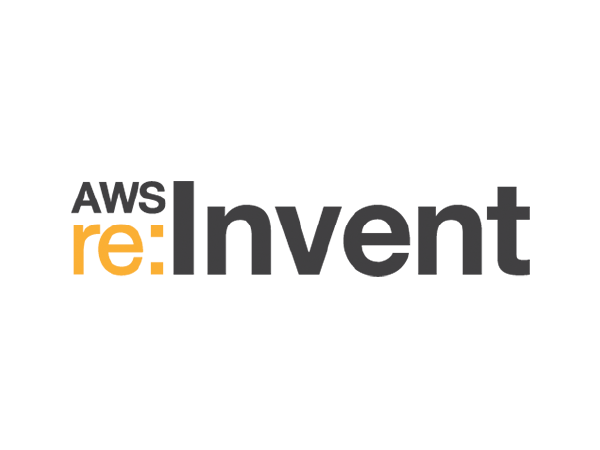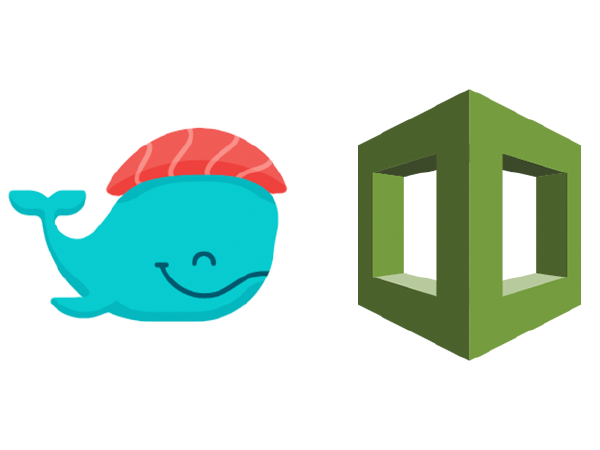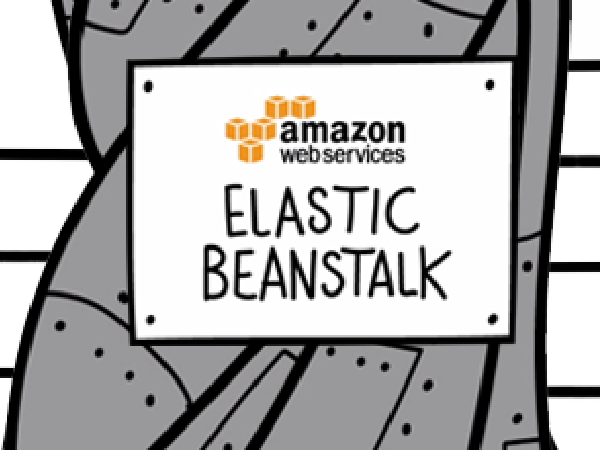Amazon Web Services
2020

Creating a Sub-account in Amazon Web Services
Anytime we host resources for a client within the Caktus Amazon Web Services (AWS) account, we set up a sub-account and put the resources there. Some of the advantages of doing this compared to putting a client's resources in our main account are:
2017

AWS re:Invent Recap
As a certified Amazon Web Services (AWS) Consulting Partner, Caktus sent a member of the team to AWS re:invent this year to meet other solution providers, discuss with AWS representatives how to leverage our partnership to best serve our clients, and of course, get hands-on experience with both existing and newly-revealed AWS services.

ShipIt Day Recap Q4 2017
Our quarterly ShipIt Day has come and gone, with many new ideas and experiments from the team. As we do every quarter, Caktus staff stepped away from client work to try new technology, read up on the latest documentation, update internal processes, or otherwise find inspiring ways to improve themselves and Caktus as a whole. Keep reading to see what we worked on.

Automating Dokku Setup with AWS Managed Services
Dokku is a great little tool. It lets
you set up your own virtual machine (VM) to facilitate quick and easy
Heroku-like deployments through a git push command. Builds are fast,
and updating environment variables is easy. The problem is that Dokku
includes all of your services on a single instance. When you run your
database on the Dokku instance, you risk losing it (and any data that's
not yet backed up) should your VM suddenly fail.

Caktus Consulting Group is an Official AWS Consulting Partner
We’re proud to announce that Caktus has become a certified Amazon Web Services (AWS) Consulting Partner in recognition of the depth and breadth of our AWS expertise. Since AWS became an option for fast, flexible, and low cost infrastructure, we’ve used it to build scalable web or cloud apps for our clients. We’ve used AWS services for computing, networking, storage, databases, security, application services and security for 10 clients over the last few years (and that’s not including the projects we do for fun or as part of ShipIt Day projects).

Hosting Django Sites on Amazon Elastic Beanstalk
Introduction
Amazon Web Services (AWS)' Elastic Beanstalk is a service that bundles up a number of their lower-level services to manage many details for you when deploying a site. We particularly like it for deploys and autoscaling.

Ship It Day Q1 2017
Last Friday, Caktus set aside client projects for our regular quarterly ShipIt Day. From gerrymandered districts to RPython and meetup planning, the team started off 2017 with another great ShipIt.
2016

What We’re Clicking - July Link Roundup
Here’s external links our team’s been chatting about and sharing on social media since the last roundup.
Web Service Efficiency at Instagram with Python (Instagram)
“Instagram currently features the world’s largest deployment of the Django web framework, which is written entirely in Python. We initially chose to use Python because of its reputation for simplicity and practicality, which aligns well with our philosophy of ‘do the simple thing first.’”
2015

AWS load balancers with Django
We recently had occasion to reconfigure some of our existing servers to use Amazon Web Services Elastic Load Balancers in front of them. Setting this up isn’t hard, exactly, but there are a lot of moving parts that have to mesh correctly before things start to work, so I thought I’d write down what we did.
2011

Using Django and Celery with Amazon SQS
Amazon's Simple Queue Service (SQS) is a relatively new offering in the family of Amazon Web Services (AWS). It's also an appealing one, because it proposes to quickly and easily replace a common component of the stack in a typical web application, thereby obviating the need to run a separate queue server like RabbitMQ. While RabbitMQ — the typical favorite for Celery users — is not necessarily difficult to install or maintain, removing it from the stack of a web application means one less component that might fail, offloading that service to AWS — especially for applications with a small to moderate queue volume — might prove financially advantageous.